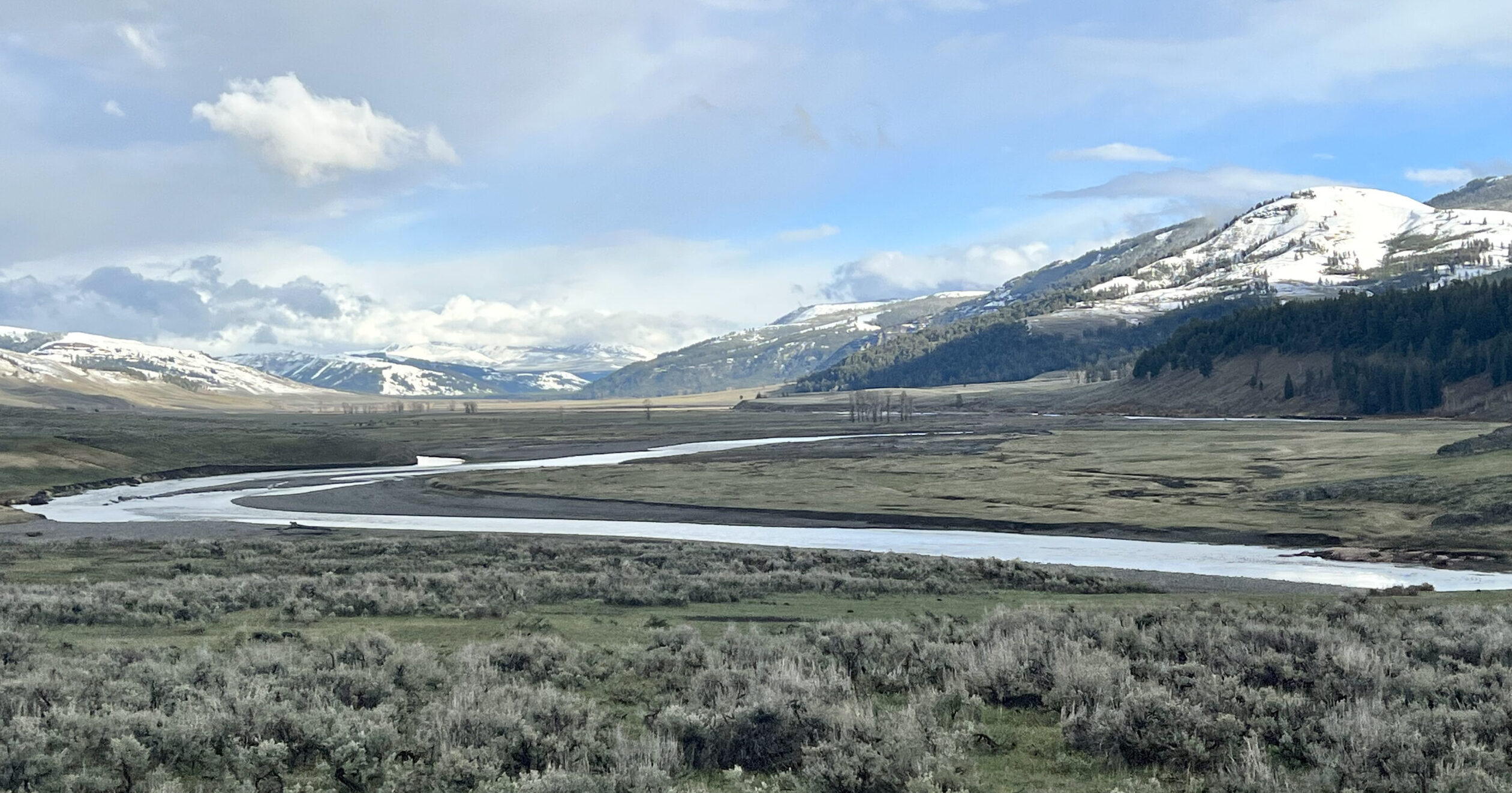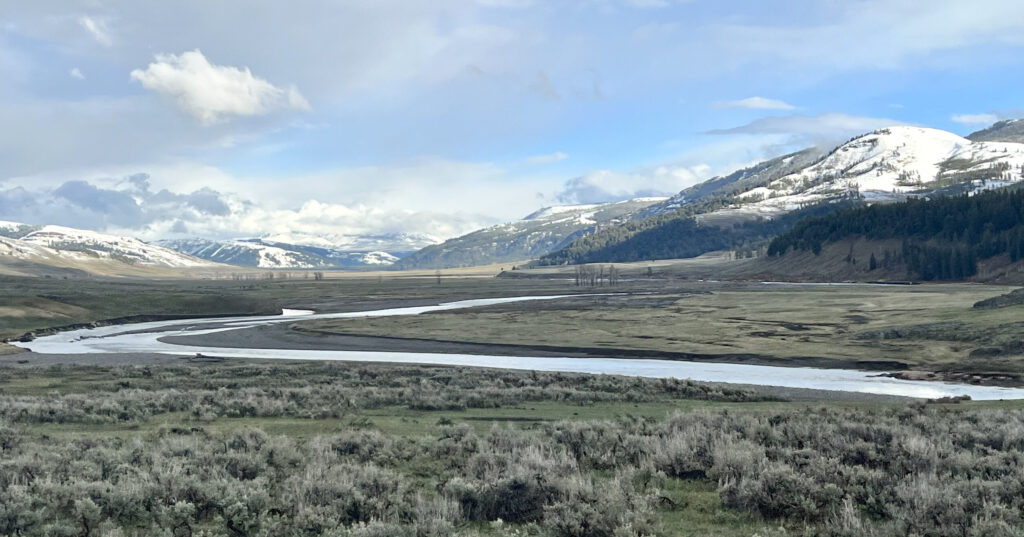
Planning a trip to Yellowstone National Park is an exciting endeavor. With its awe-inspiring geysers, majestic wildlife, and breathtaking landscapes, Yellowstone has rightfully earned its reputation as a bucket-list destination for nature enthusiasts and adventure seekers alike. However, navigating this vast wilderness can be challenging, and many visitors unknowingly make common mistakes that can impact their experience. To help you make the most of your Yellowstone adventure, here are ten common mistakes to avoid when planning a trip to the park:
1. Failing to Plan Ahead: The Importance of Preparation
One of the most significant mistakes visitors make when heading to Yellowstone National Park is not adequately planning their trip. Yellowstone is not your average weekend getaway; it’s a vast, complex ecosystem with numerous attractions and logistical considerations.
To avoid this mistake, take the time to research the park’s highlights and develop an itinerary that aligns with your interests. Identify the must-see spots and activities you want to experience, whether it’s witnessing geysers erupt or hiking through pristine wilderness. Additionally, make reservations for accommodations and tours well in advance, especially if you plan to visit during the peak season. Yellowstone’s popularity means that campgrounds and lodging options fill up quickly, so securing your spot early is essential.
2. Underestimating the Size of the Park: Allotting Adequate Time
Yellowstone National Park covers an astonishing 2.2 million acres of pristine wilderness, which is more extensive than the states of Delaware and Rhode Island combined. Yet, some visitors mistakenly believe they can explore the entire park in just a day or two. Rushing through Yellowstone not only leads to missed opportunities but also detracts from the serene, immersive experience that the park offers.
To make the most of your visit, allocate several days or even a week to explore the park thoroughly. Each region of Yellowstone has its unique attractions, from the geothermal wonders of the Upper Geyser Basin to the abundant wildlife of the Lamar Valley. By taking your time and immersing yourself in each area, you’ll have a deeper appreciation for the park’s beauty and biodiversity.

Also since the park is so large the drive times between sites can be long and time consuming. The maximum speed in the park is 45 mph but averages around 30 mph. When planning on how long it takes to get somewhere I will look at the map and see how many miles away it is and then multiple this by 2 to get the number of minutes. There will be extra time needed for wildlife delays which are common in Yellowstone. So if you have to be somewhere at a certain time make sure you add in a buffer.
3. Ignoring Safety Guidelines: Respecting the Park’s Rules
Yellowstone’s natural wonders and wildlife can be enticing, but ignoring safety guidelines can result in dangerous situations. Approaching wildlife too closely or straying from designated paths not only endangers your safety but also disrupts the park’s fragile ecosystem.
It’s crucial to follow park rules and regulations diligently. Keep a safe distance from animals, as approaching them can provoke aggression and harm both you and the animals. Stick to marked trails to protect delicate environments, like thermal areas, which are unstable and potentially hazardous. Understanding and respecting the park’s guidelines not only ensures your safety but also preserves the park for future generations. Not following the rules can also result in fines. There have been several news stories in the past few years of people being fined for getting too close to animals.
4. Disregarding Weather Variability: Dressing for Success
Yellowstone’s weather can be highly variable, even during the summer months. Many visitors assume that summer automatically means warm and sunny days, only to be surprised by sudden temperature drops, rain showers, or even snowfall. I went in May 2022 and on the second day woke up to green grass covered in at least 1 foot of snow!
To avoid being caught off guard, check the weather forecast for the specific region of the park you plan to visit and pack accordingly. Even in the summer, it’s wise to bring layers, including warm clothing and rain gear, as well as sunscreen and sunglasses for sun protection. Preparing for variable weather ensures you’ll be comfortable and ready for any conditions.
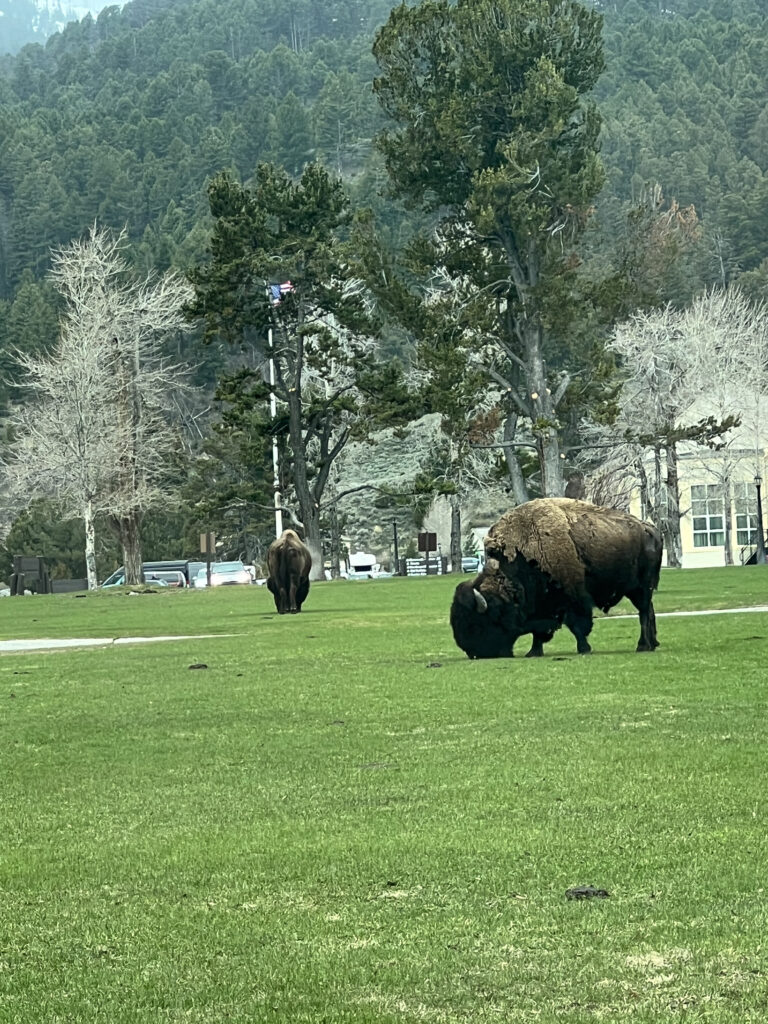
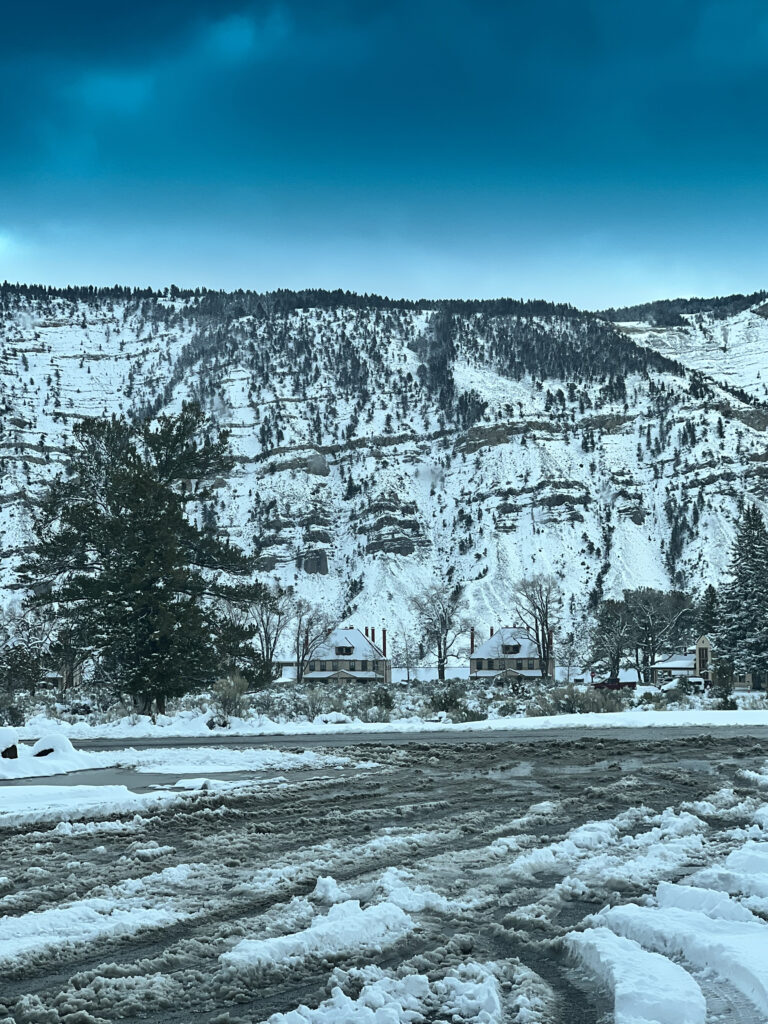
5. Visiting During Peak Season: Opting for Shoulder Seasons
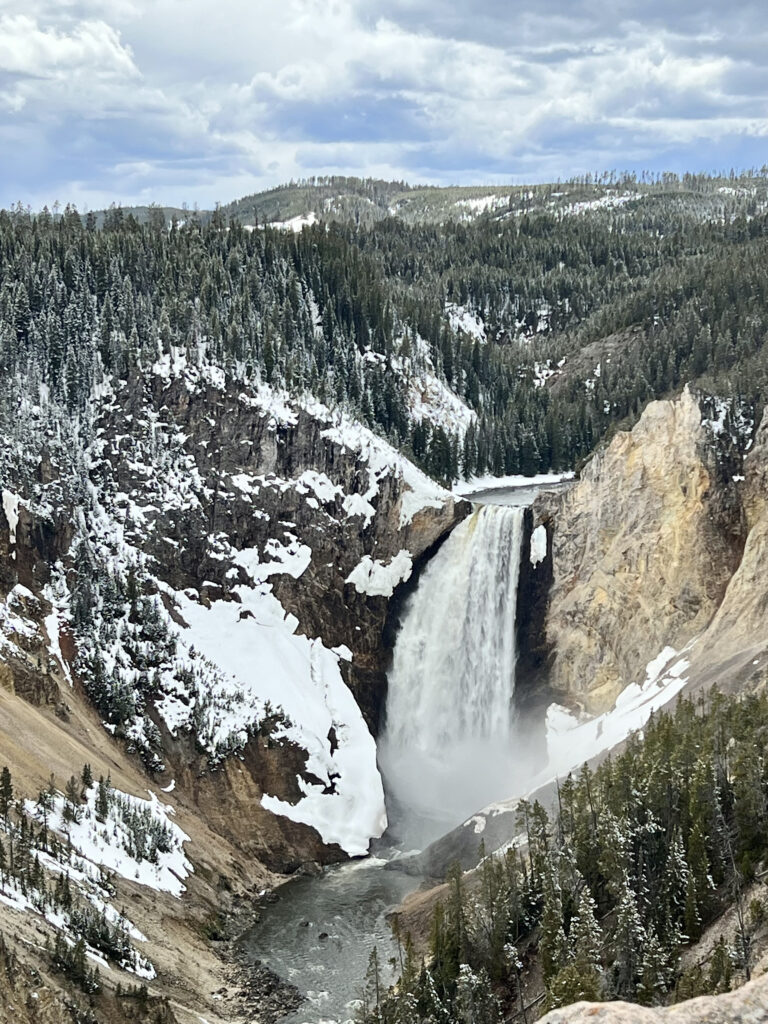
While summer is undoubtedly a popular time to visit Yellowstone National Park, it’s also when the park experiences its highest visitation levels. Crowded trails, limited parking, and busy visitor centers can detract from the tranquility and immersion you seek in nature.
To escape the crowds and enjoy a more peaceful experience, consider visiting during the shoulder seasons—spring or fall. These times offer milder weather, fewer visitors, and unique opportunities, such as wildlife migrations and the changing colors of the park’s flora. You’ll have a chance to savor Yellowstone’s beauty without the hustle and bustle of peak season.
6. Overlooking Lesser-Known Attractions: Exploring Hidden Gems
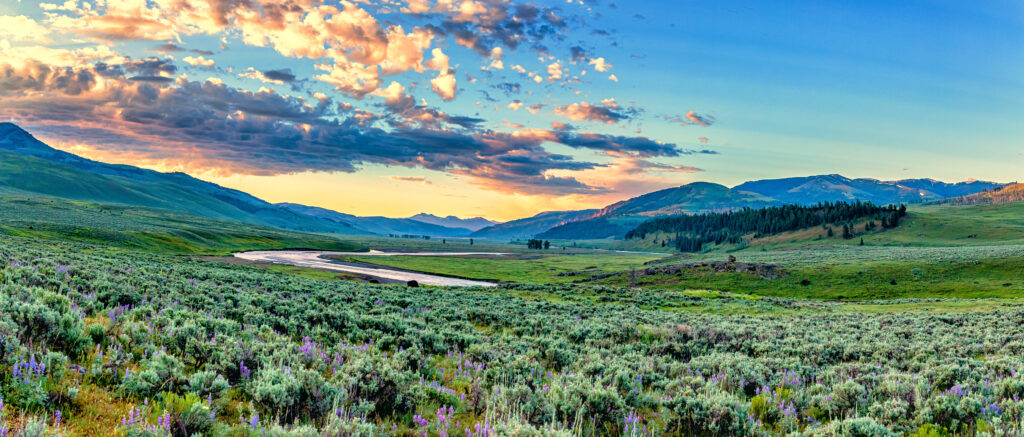
Yellowstone is famous for its iconic features like Old Faithful and the Grand Canyon of the Yellowstone, but it’s essential to explore beyond the well-trodden paths. Focusing solely on the park’s highlights means missing out on hidden gems that offer a quieter, more intimate experience.
To enhance your Yellowstone adventure, make a deliberate effort to explore less-visited areas. Consider destinations like the Lamar Valley, where you can witness wildlife in their natural habitat, or Tower Fall, known for its stunning waterfall. Mammoth Hot Springs, in the park’s northern reaches, boasts otherworldly terraces of colorful mineral deposits. These lesser-known attractions provide a more personal connection with the park’s wonders.
7. Neglecting to Bring Binoculars: Enhancing Wildlife Viewing
Yellowstone offers some of the best wildlife viewing opportunities in the United States, but without binoculars, you may miss out on observing animals from a safe distance.
Adding binoculars to your packing list can greatly enhance your wildlife encounters. It allows you to observe animals’ behaviors and interactions without intruding on their natural habitats. Whether you’re spotting bison, elk, wolves, or birds, binoculars offer a closer look and deeper appreciation of Yellowstone’s diverse fauna.
8. Not Allowing Time for Wildlife Watching: Embracing Serendipitous Encounters

Rushing from one iconic attraction to the next is a common mistake that can lead to missed opportunities for wildlife watching. Yellowstone is home to a remarkable array of creatures, from bison and grizzly bears to wolves and eagles, and serendipitous encounters are common.
To fully appreciate the park’s wildlife, allocate dedicated time for observation. Early mornings and evenings are prime times for spotting animals as they become more active. Remember that wildlife watching is often a patient endeavor, so bring along a good pair of binoculars, have a quiet disposition, and keep a respectful distance to ensure a safe and ethical experience.
9. Skipping Ranger Programs: Embracing Education and Insights
Yellowstone’s natural and cultural history is rich and complex, and missing out on ranger-led programs means missing valuable insights and stories about the park’s wonders.

Ranger talks, walks, and campfire programs offer a deeper understanding of Yellowstone’s geology, ecology, and history. These programs provide an opportunity to connect with knowledgeable park rangers who can answer questions, share stories, and enhance your overall experience. Participating in ranger-led activities adds a layer of education and engagement to your visit. Find out about these programs at the visitor centers.
10. Not Practicing Leave No Trace: Respecting the Environment
One of the most significant responsibilities of visitors to Yellowstone is to practice Leave No Trace principles rigorously. Unfortunately, some visitors inadvertently harm the park’s delicate ecosystem by leaving trash, picking plants, or disturbing natural features.
To minimize your impact on the environment, adhere to Leave No Trace guidelines. This includes packing out all trash, disposing of waste in designated areas, and following the “pack it in, pack it out” principle. Stay on designated trails to protect fragile ecosystems, such as thermal areas and wetlands. By respecting the park’s natural beauty, you contribute to its preservation for future generations to enjoy.
Yellowstone National Park offers an unparalleled opportunity to connect with nature and witness some of the most stunning landscapes and wildlife in the world. By avoiding these common mistakes, you can ensure that your visit is not only safe but also enriching and respectful of the park’s unique treasures. Yellowstone is a natural wonder worth preserving, and as responsible visitors, we play a crucial role in its protection and conservation. So, go forth, explore, and make memories that will last a lifetime while leaving this incredible place as beautiful as you found it.
Read More About Yellowstone
- 35 Best Ways To Save Money In Yellowstone National Park 2023
- Best and Nearest Airports To Yellowstone National Park
- When Is The Best Time of Year to Visit Yellowstone?
- Bear Safety in Yellowstone: What Every Visitor Needs to Know
- Morning Glory Pool At Yellowstone National Park
- What State Is Yellowstone National Park In?

